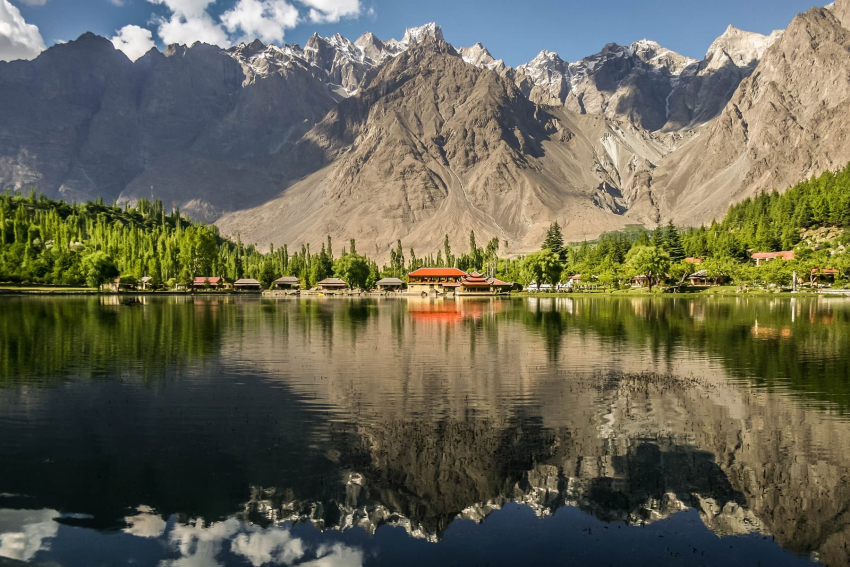LAHORE (Web Desk) -Pakistani photographer Zaeem Siddiq has won first place in the international Wiki loves EARTH photo contest for his photograph of the scenic Shangrila Lake in Gilgit-Baltistan.
Wiki Loves Earth is a photo contest of natural monuments, where participants picture protected areas and upload their photos to the Wikimedia Commons online platform.
Over 108,000 pictures were submitted by more than 8,900 participants during the contest.
Zaeem’s winning photo was one of 259 nominations from 26 countries submitted to the 9-person international organising team after selection by the national juries of participating countries.
The second prize was won by Jorge Nelson Alves for his photograph of the Laurisilva (Laurel Forest) in Portugal’s island of Madeira, while a photograph of the Alpine ibex in Nationalpark Hohe Tauern in Austria took third place.
The top 15 pictures as decided by the jury are given below:

First place:2015 winner comes from Lower Kachura Lake, a popular tourist destination in Central Karakoram National Park, Skardu, Pakistan. — Image by Zaeem Siddiq
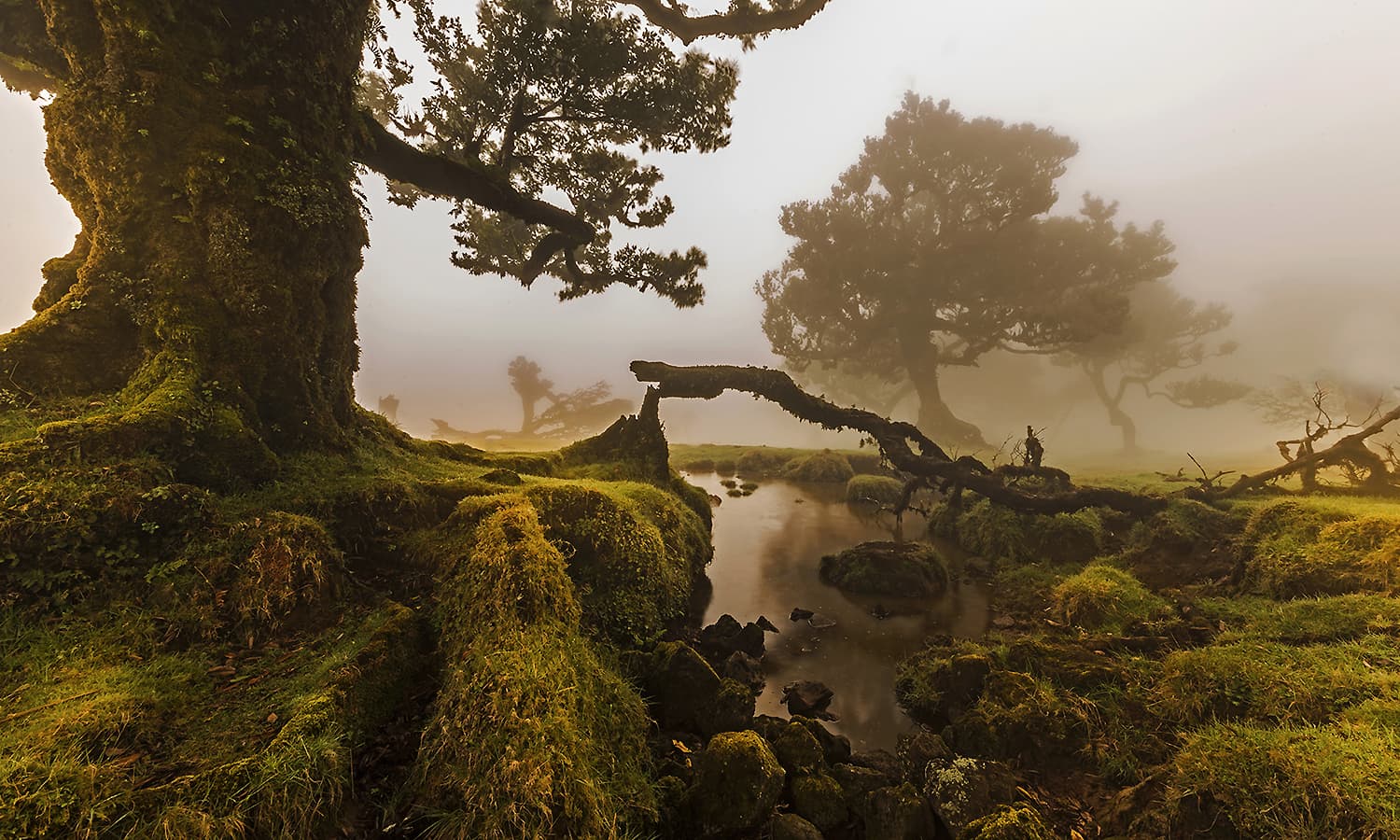
Second place: a view of the Laurisilva (laurel forest) of Madeira, Portugal. — Photo by Jnvalves
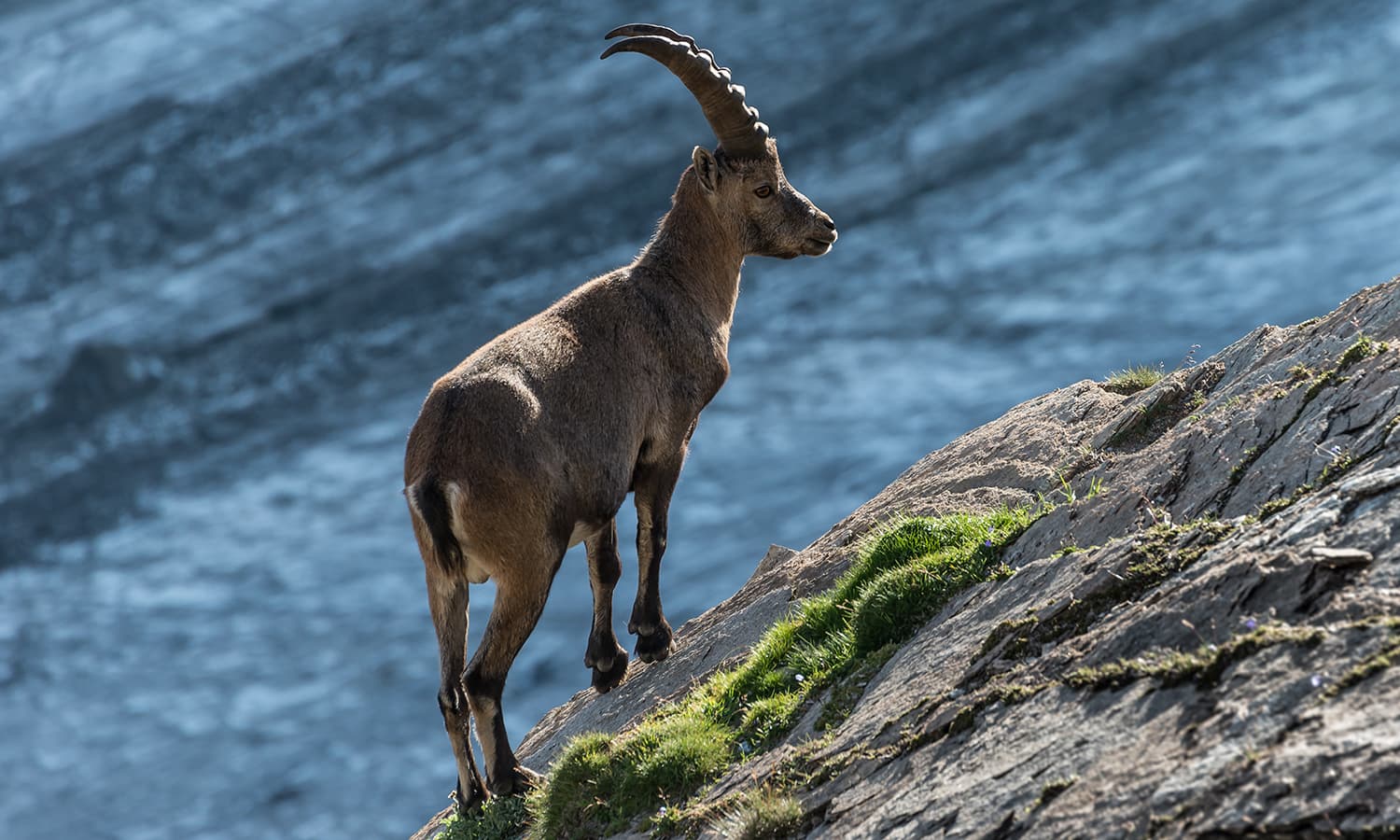
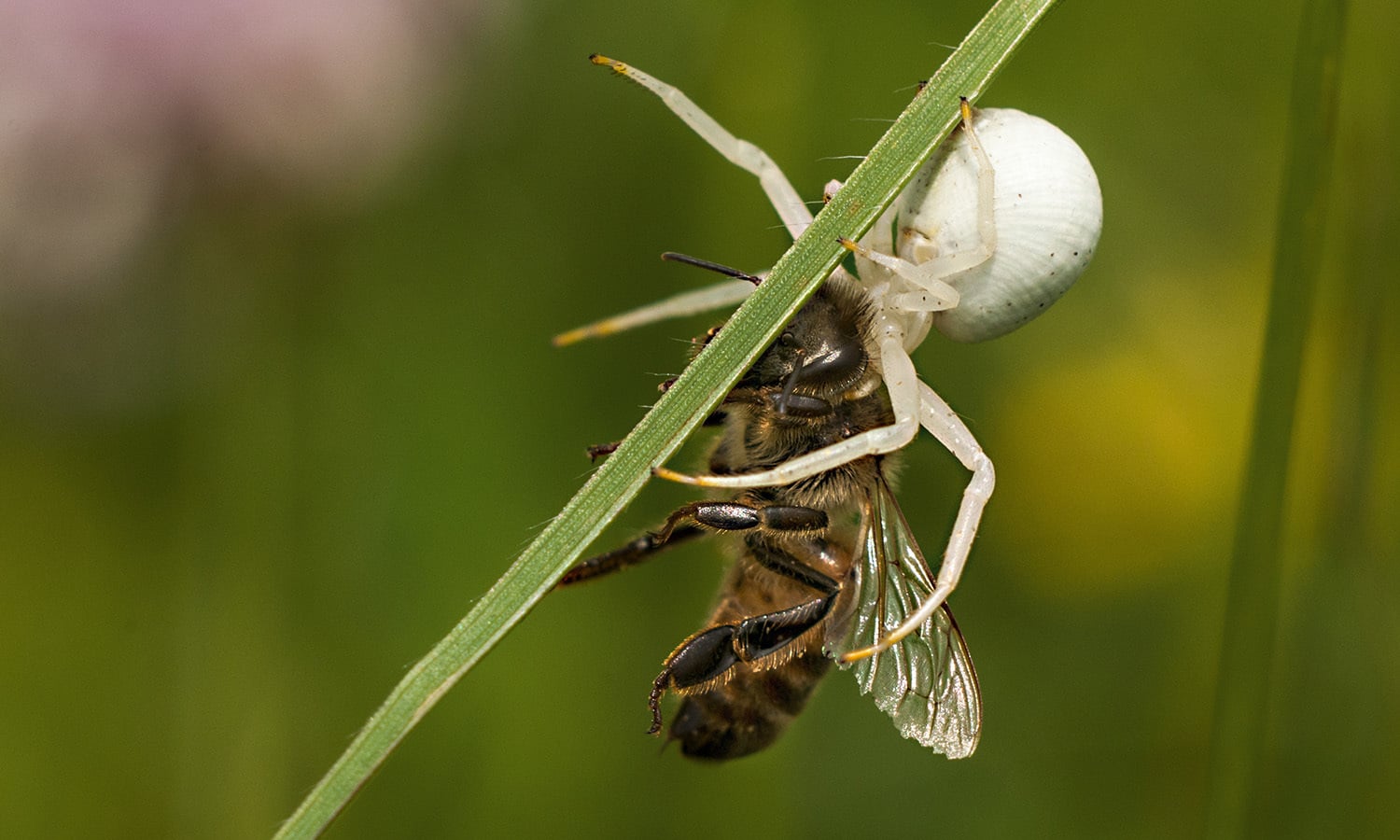
Fourth place: a spider (Misumena vatia) with a freshly killed bee in the Bratental nature reserve, near Göttingen, Lower Saxony, Germany. — Photo by Suhaknoke
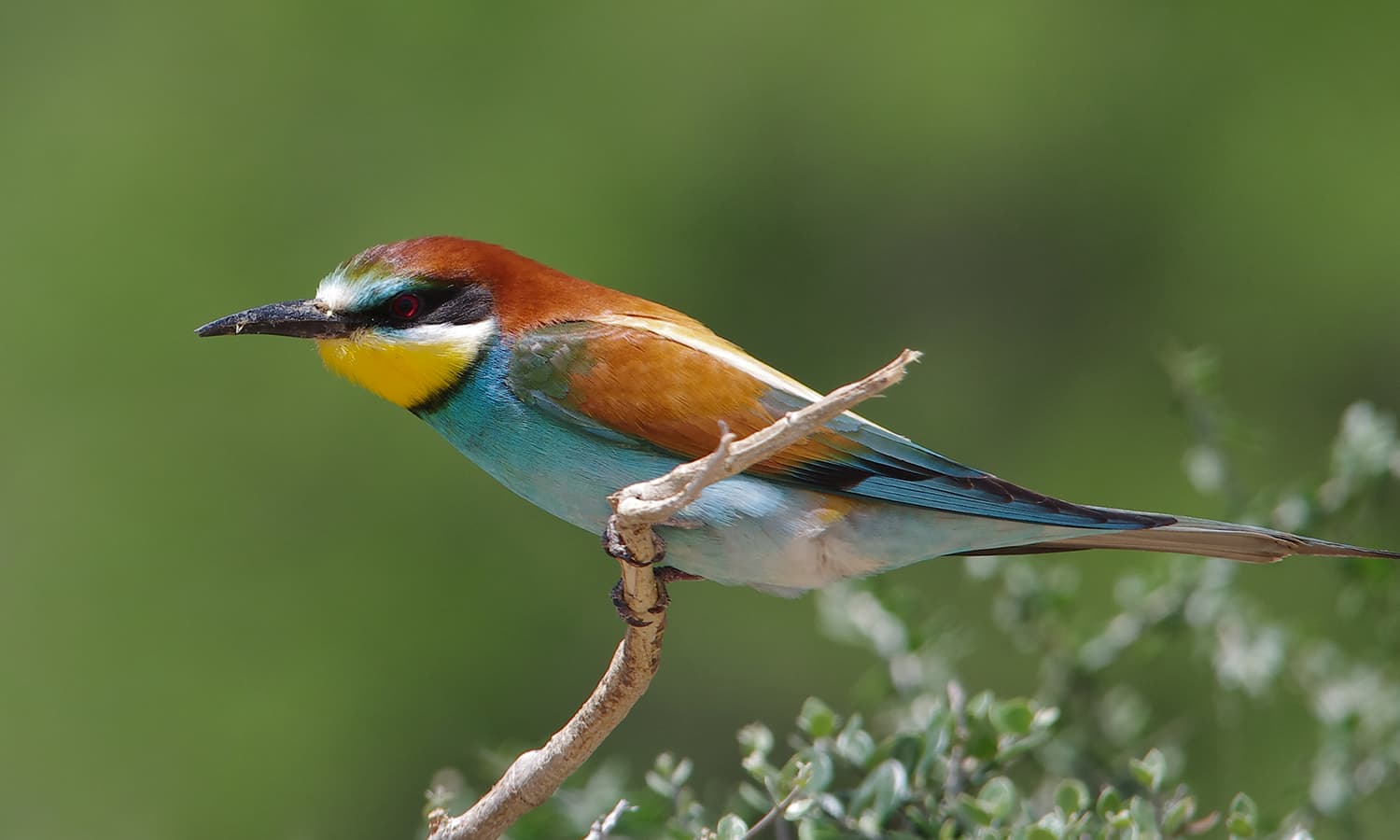
Fifth place: a European bee-eater (Merops apiaster) in Ichkeul National Park, Tunisia. — Photo by Elgollimoh

Tenth place: High Tatras as seen from the Polish Spisz, Tatry Natura 2000 Special Area of Conservation, Lesser Poland Voivodeship, Poland. — Photo by Łukasz Śmigasiewicz
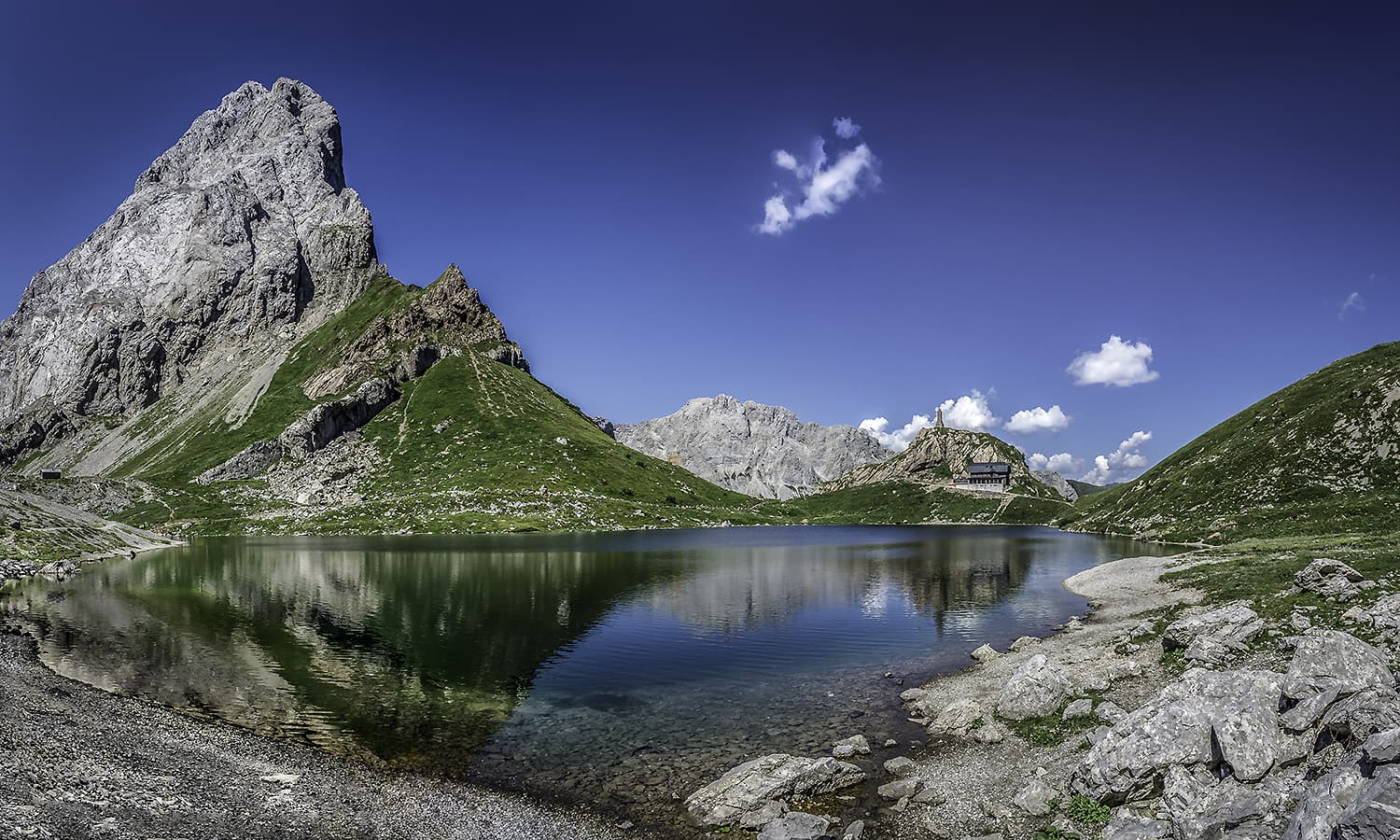
Seventh place: Wolayer See and surrounding area, Carinthia, Austria. — Photo by Gerald Köstl
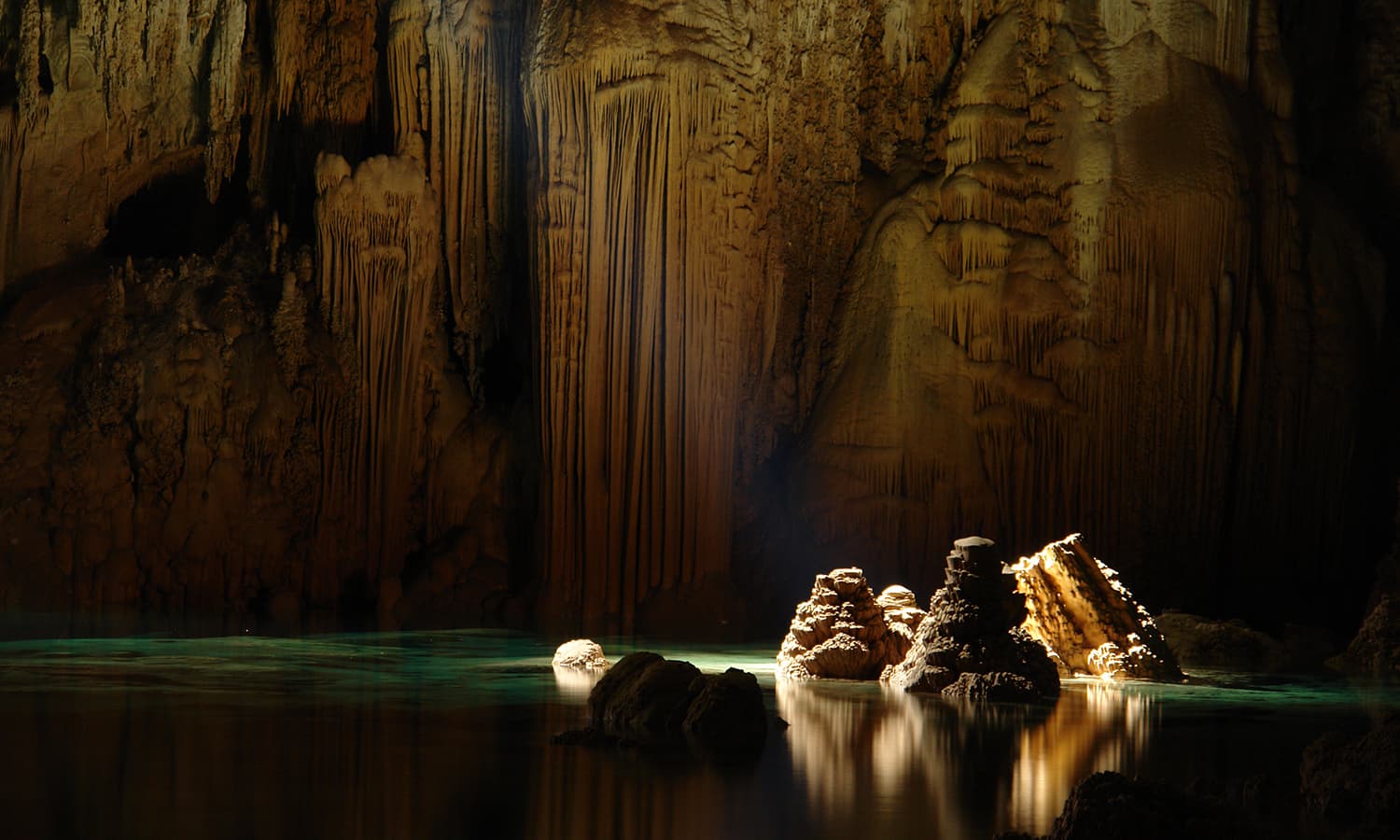
Ninth place: limestone stalagmites inside the Anhumas Abyss, Brasil. — Photo by Caio Vilela
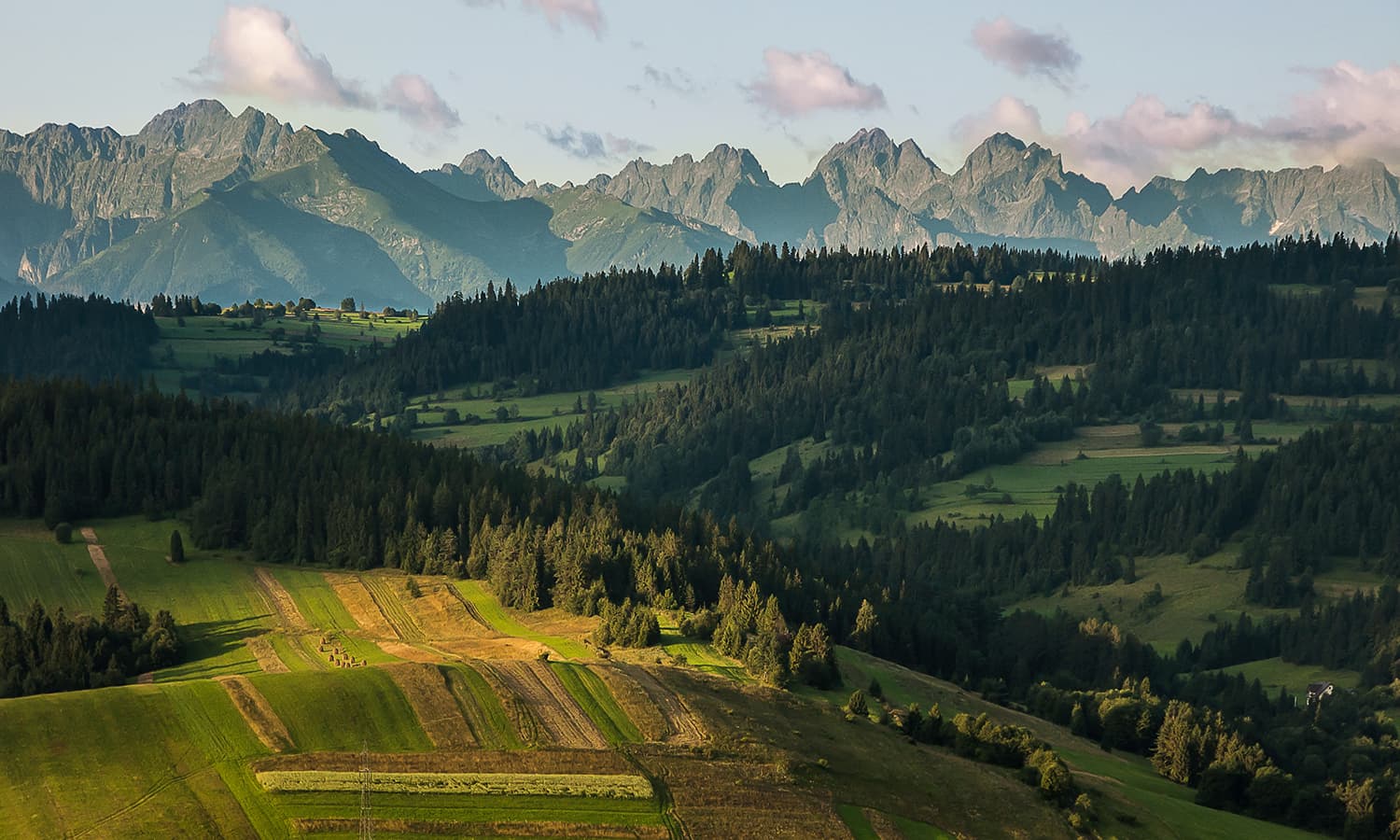
Tenth place: High Tatras as seen from the Polish Spisz, Tatry Natura 2000 Special Area of Conservation, Lesser Poland Voivodeship, Poland. — Photo by Łukasz Śmigasiewicz
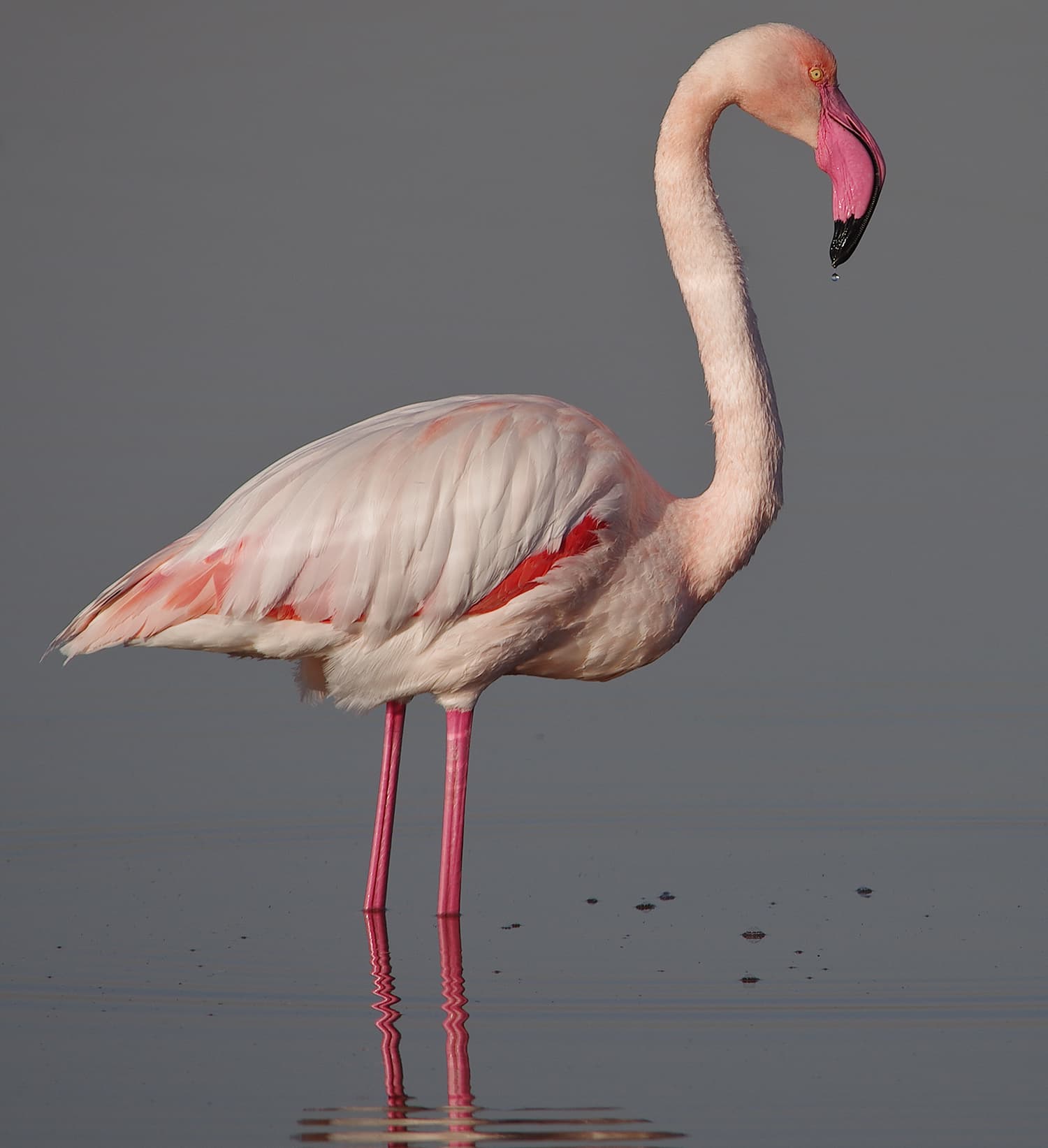
Eleventh place: Greater flamingo (Phoenicopterus roseus), Salines de Thyna Ramsar site, Tunisia. — Photo by Elgollimoh

Twelfth place: Khlong Lan Waterfall, Khlong Lan National Park, Kamphaeng Phet Province, Thailand. — Photo by Khunkay
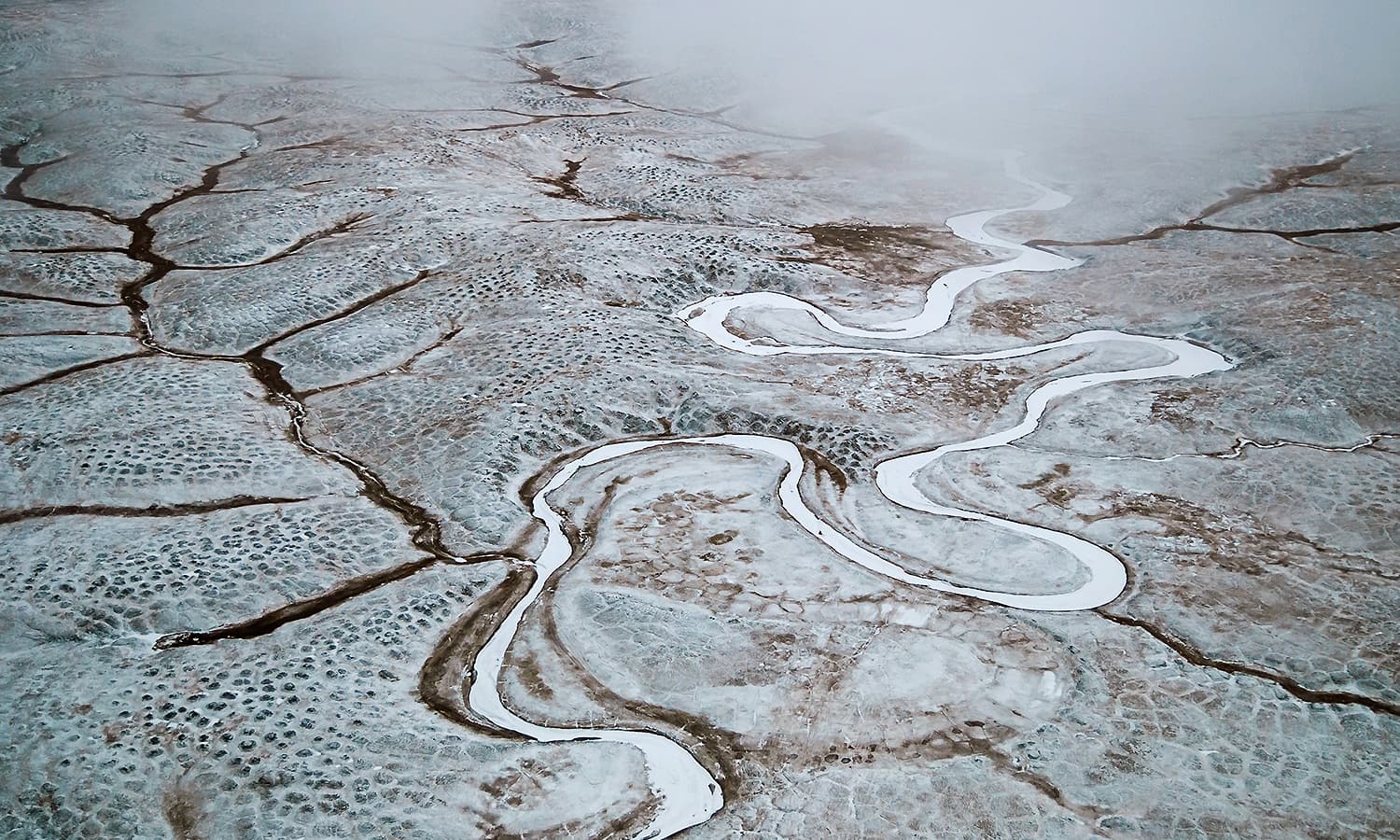
Thirteenth place: the Malakatyn River at Bolshoy Lyakhovsky Island, part of the Lena Delta Wildlife Reserve, Sakha, Russia. — Photo by Boris Solovyev
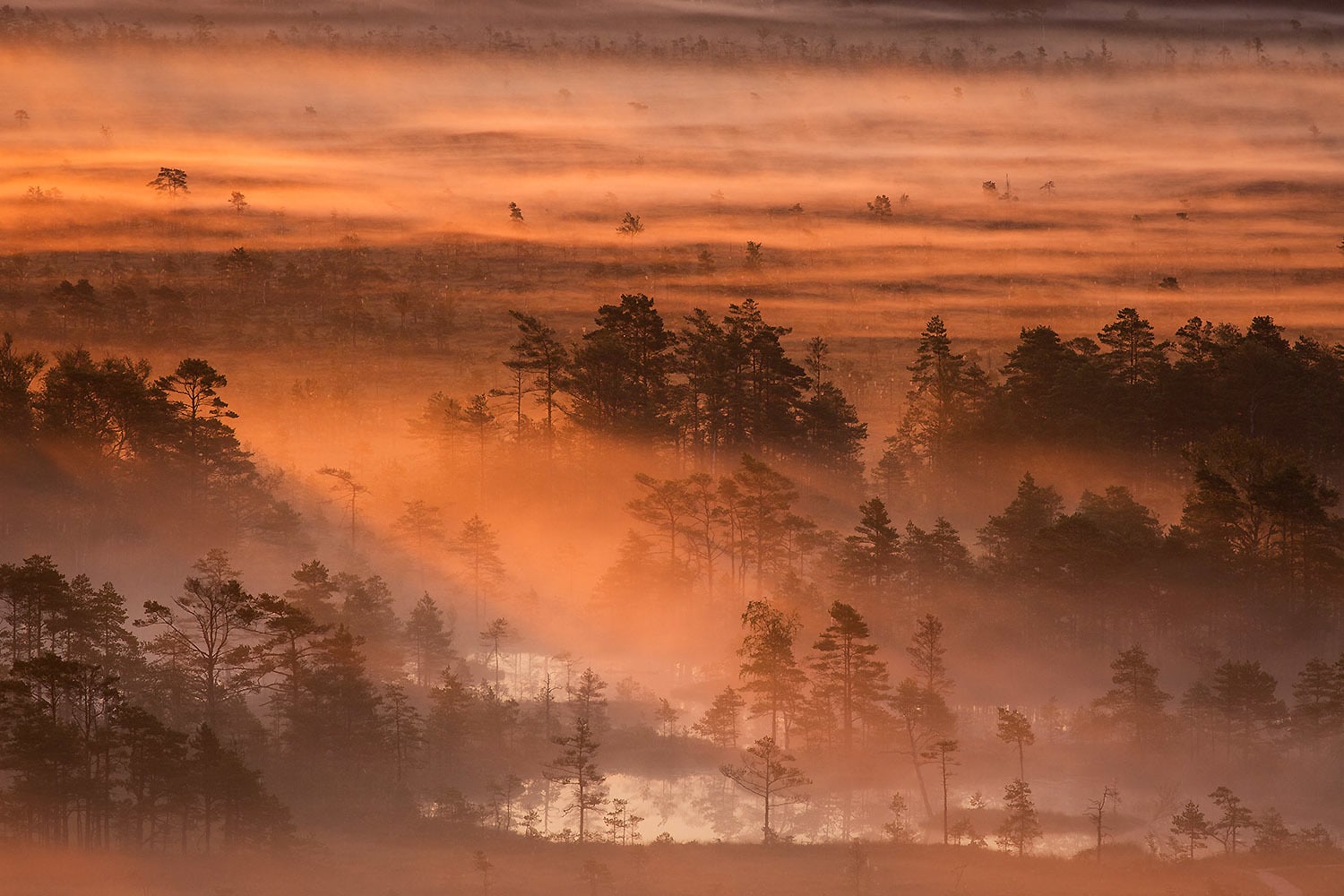
Fourteenth place: Morning in Tolkuse bog, Luitemaa Nature Conservation Area, Pärnu County, Estonia. — Photo by Märt Kose
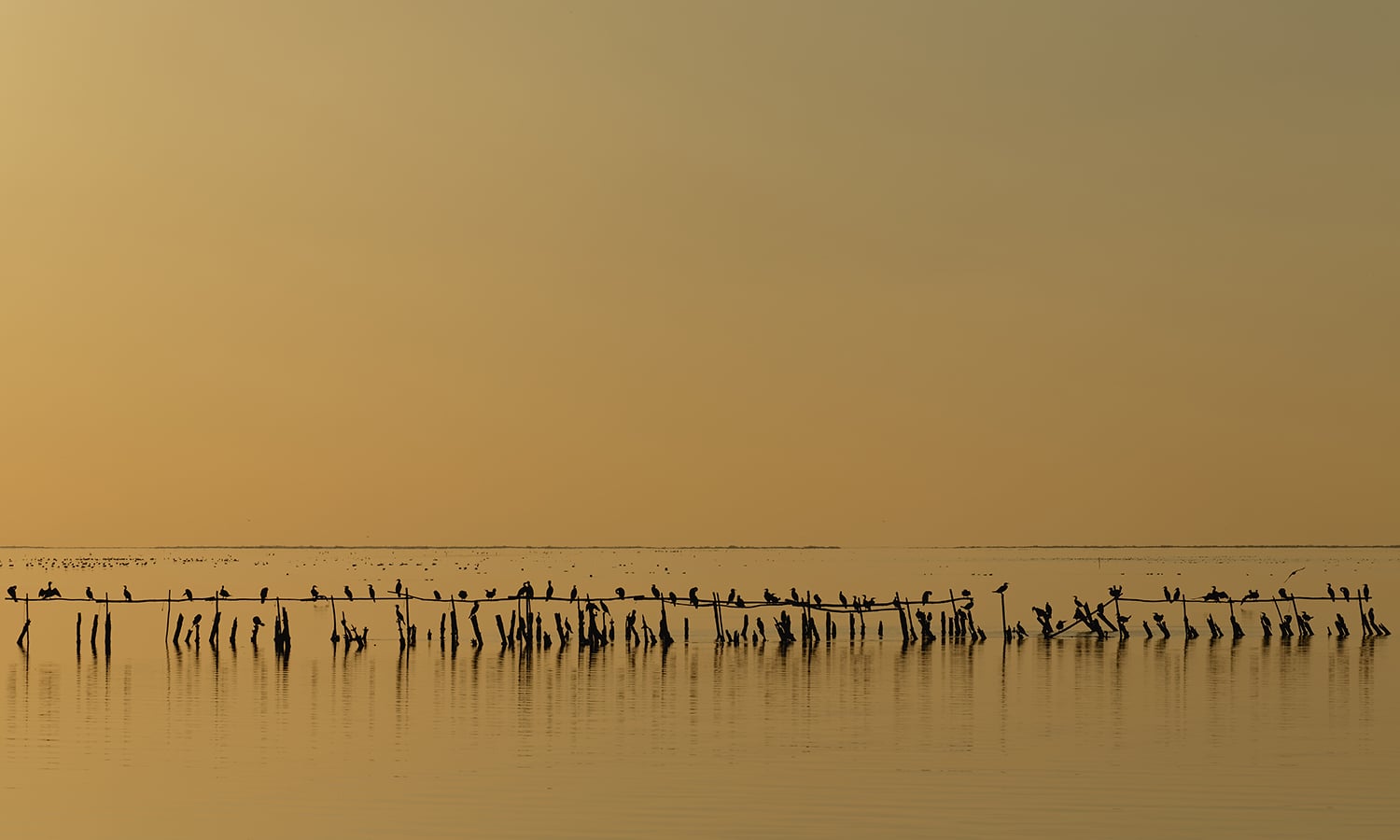
Eight place: cormorants at dusk on the pond of Vaccarès, France. — Photo by Ddeveze,
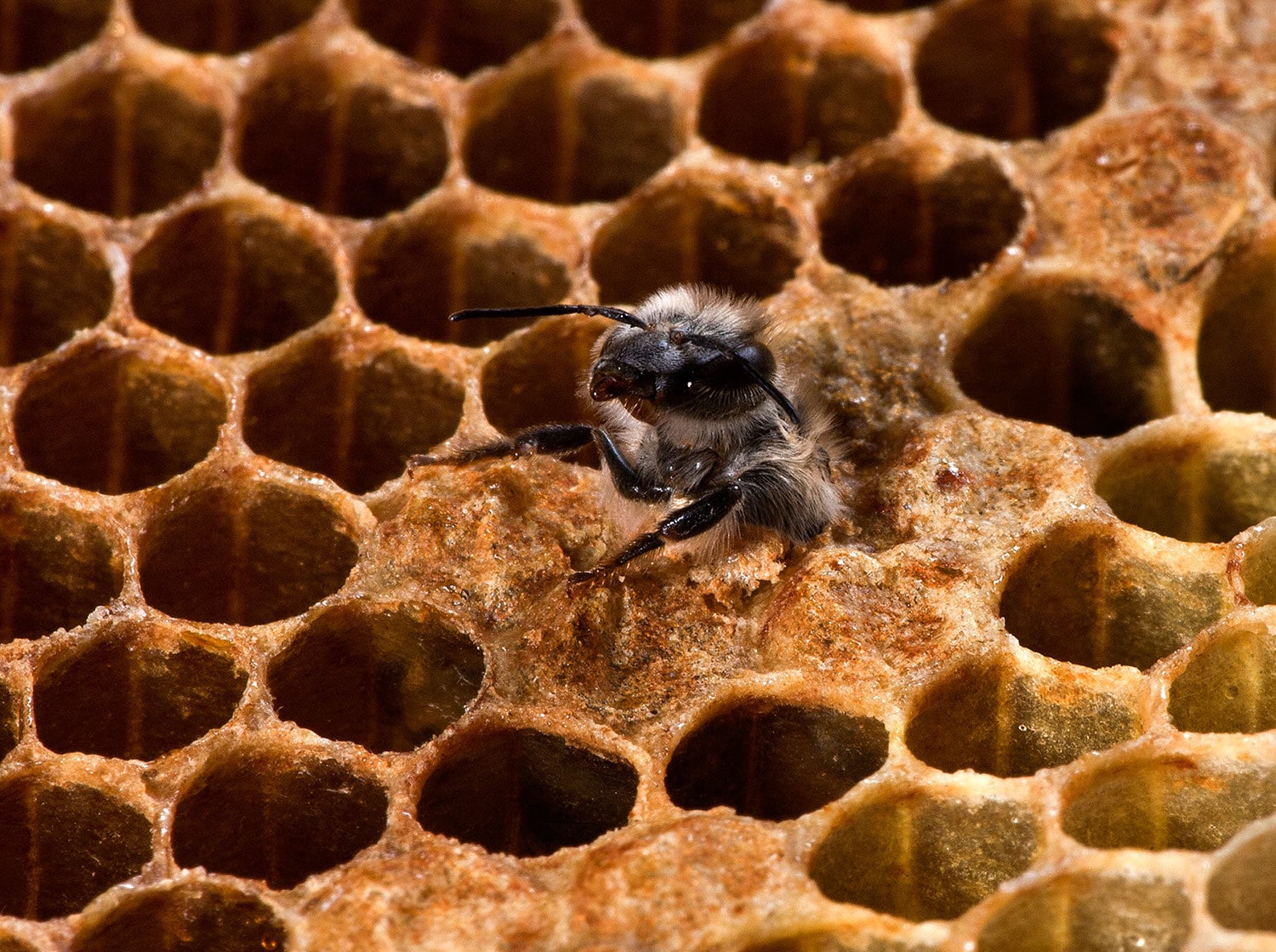
Special nomination: Apis Mellifera drone—moment at birth, Ribeirão Preto, Brasil. This image received a high rating from the jurors, but as it was not taken in a protected area, it was not eligible for an award. — Photo by Jonathan Wilkins

